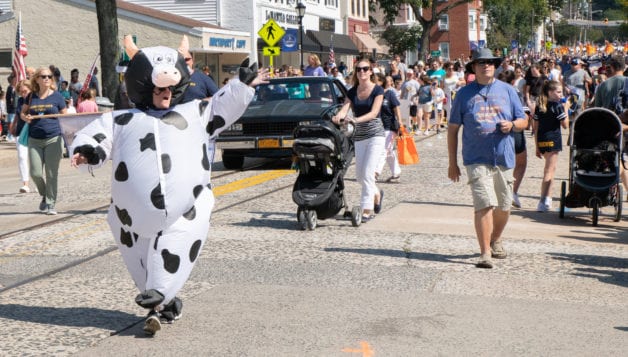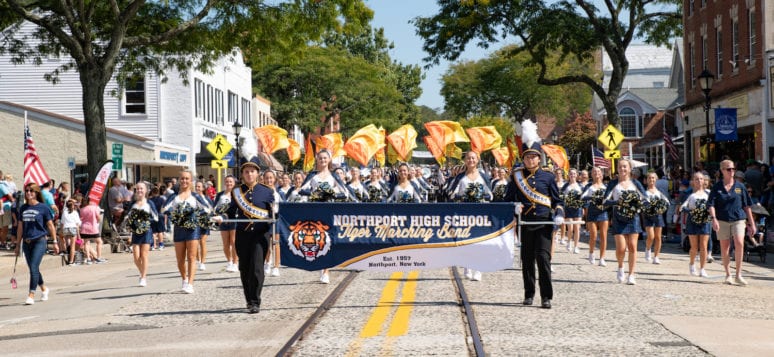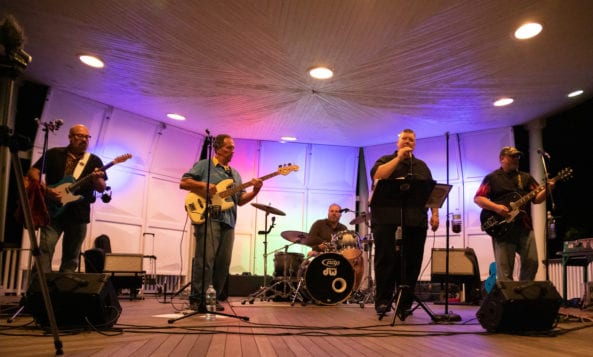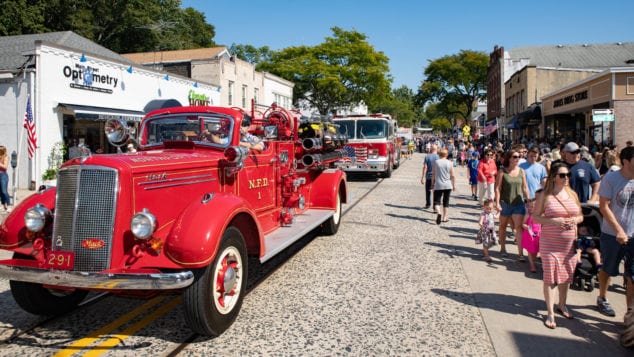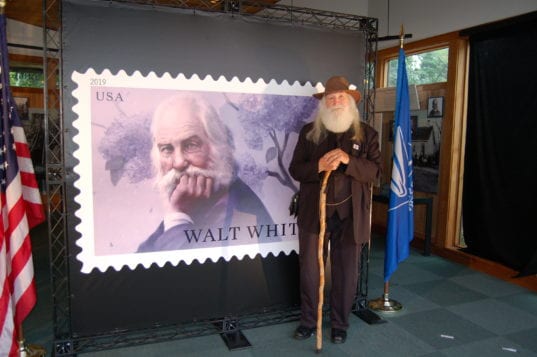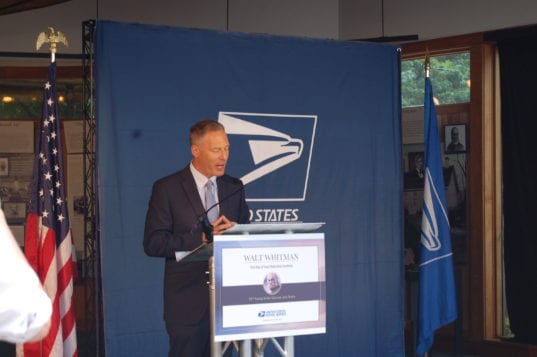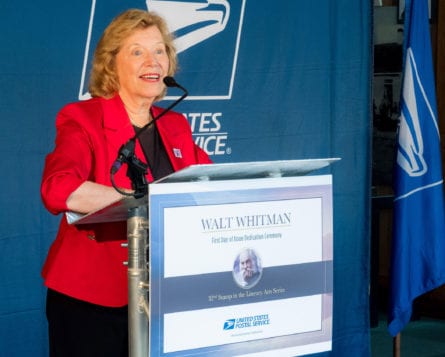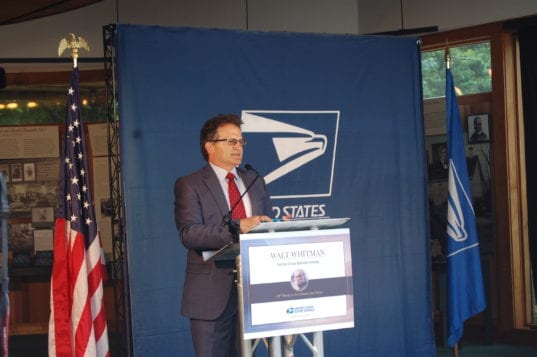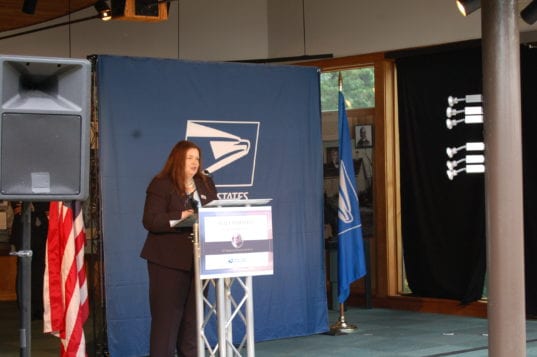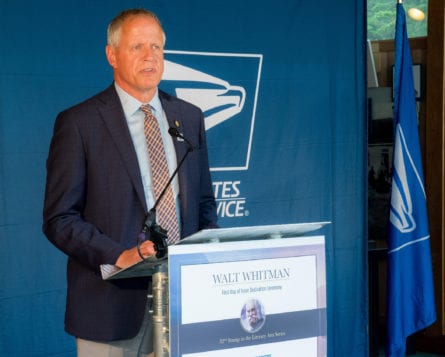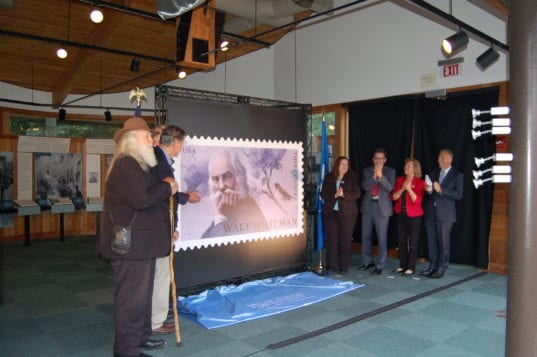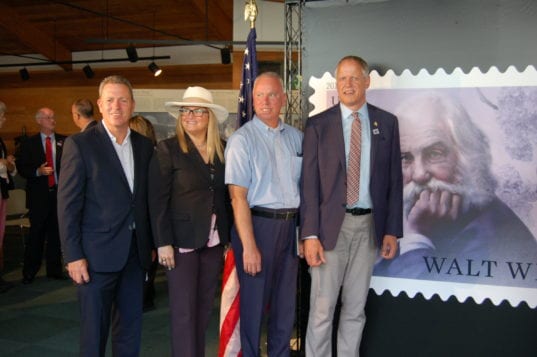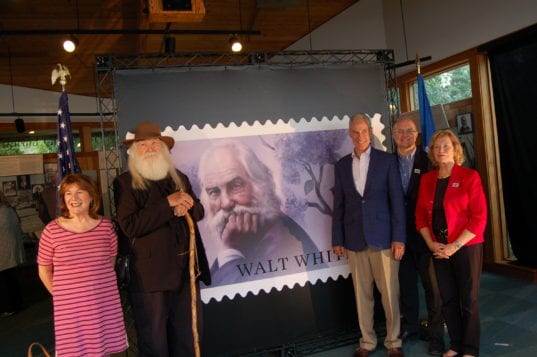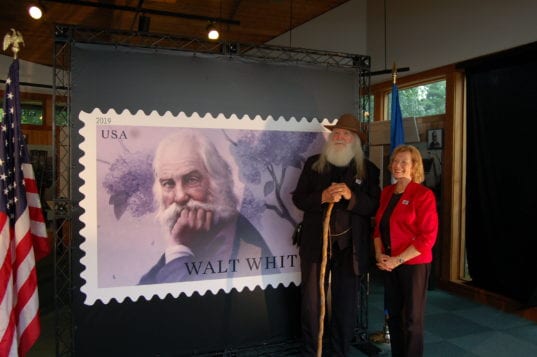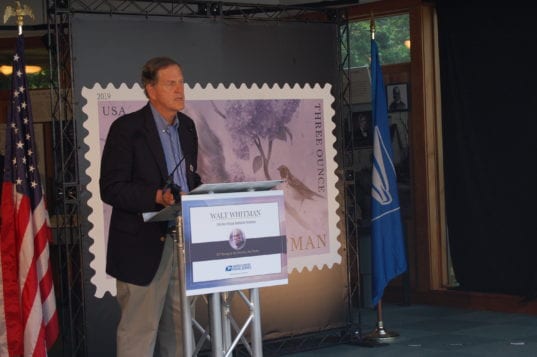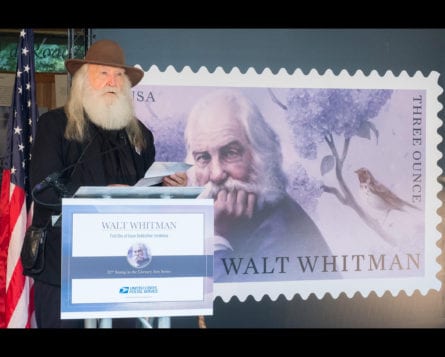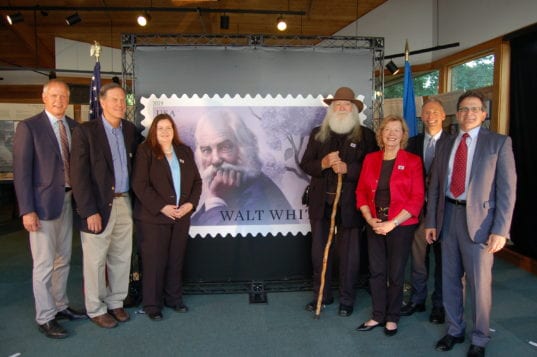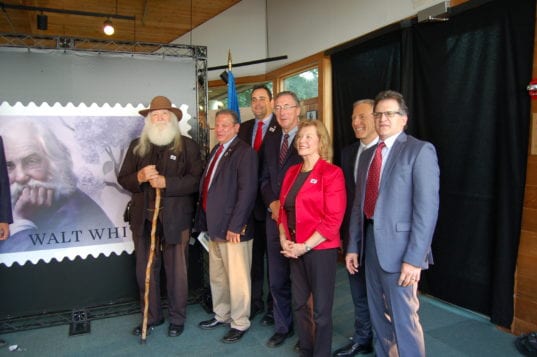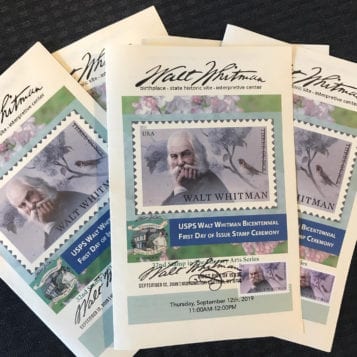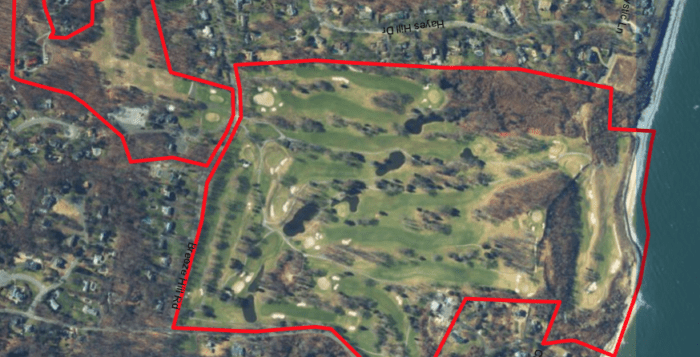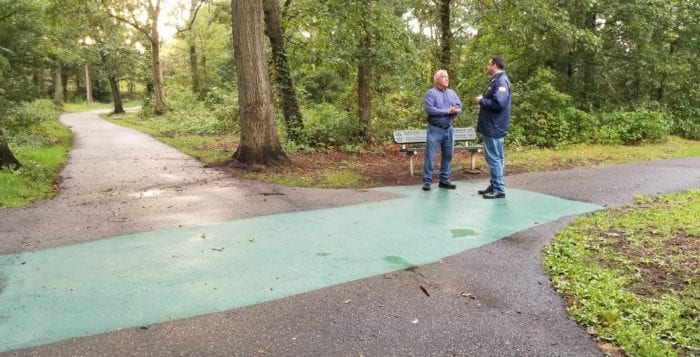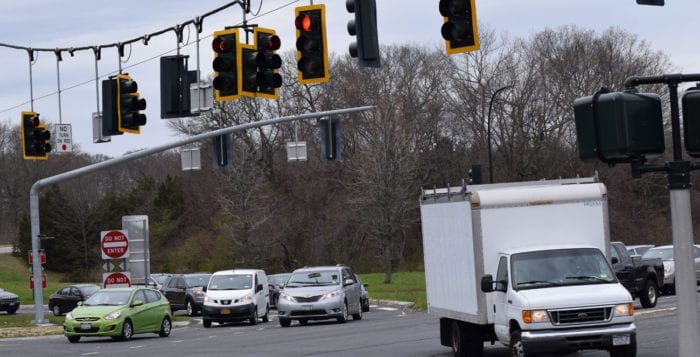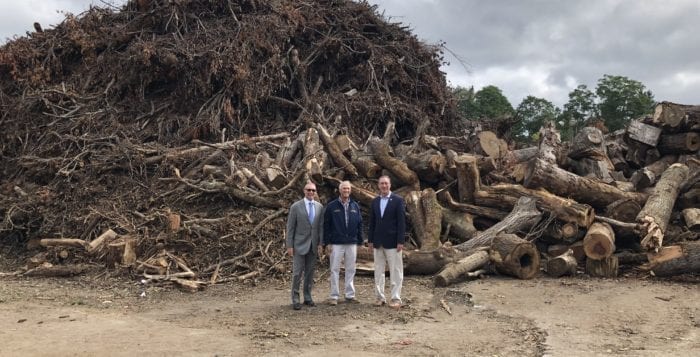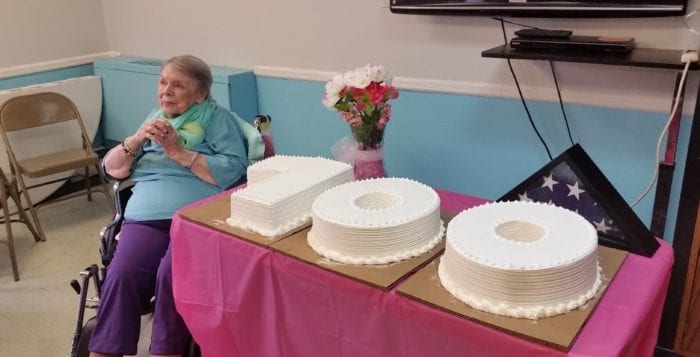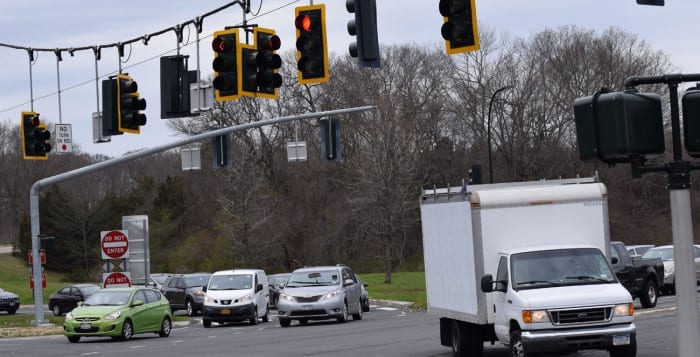Supervisor Chad A. Lupinacci (R) is excited to announce that the Town of Huntington’s Community Development Agency is now accepting applications online, for nine two-bedroom, two-bathroom townhouses eligible for an affordable housing lottery in Kensington Estates, the luxury gated 55 and older community located on Jericho Turnpike across from Oheka Castle in West Hills.
The Town of Huntington, in cooperation with the Huntington Community Development Agency and Triangle Equities, encourages all eligible individuals and families who meet the age, income and asset guidelines to enter the lottery for the opportunity to purchase one of the affordable townhouses currently available for sale. Applicants must be able to qualify for a mortgage.
“We wish to thank Triangle Equities for bringing dream home living to the Town of Huntington, adding to its already unparalleled landscape,” said Leah M. Jefferson, agency director.
Applications will be accepted through Sunday, Oct. 13, and lottery selection will be held in Room 114 at Huntington Town Hall on Tuesday, Oct. 22, at 5:30 p.m.
This development is restricted to people who are 55 years of age or older. Applicants must meet the age requirement at the time of the lottery application. In instances where a married couple or domestic partners that are registered are applying, only one owner must be 55 years of age or older. The owner(s) must occupy the home as his or her main domicile.
Priority will be given to applicants who are town residents or who are employed by a business or entity that maintains a verifiable physical location within the town, or nonresidents who have parents, children, grandchildren or grandparents who are town residents.
The nine affordable homes at Kensington Estates consist of five two-bedroom, two-bathroom townhouses priced at $248,000 (80% AMI Maximum Income-eligible) and four two-bedroom, two-bathroom townhouses priced at $372,000 (120% AMI Maximum Income-eligible):
• The Belmont, a two-bed, two-bath first-floor unit with a 1,045 sq. ft. living area, an 188 sq. ft. covered porch, a one-car garage and a 47 sq. ft. shared covered entry porch is priced at $248,000.
• The Delmar, a two-bed, two-bath firstfloor unit with a 1,095 sq. ft. living area, a 70 sq. ft. covered patio, a one-car garage and a 47 sq. ft. shared covered entry porch is priced at $372,000.
•The Beverly, a two-bed, two-bath second-floor unit with a 1,665 sq. ft. living area, two balconies totaling 117 sq. ft. balcony space, a one-car garage, and a 47 sq. ft. shared covered entry porch is priced at $372,000.
*The estimated annual real estate taxes are $6,600 for homes priced at $248,000 and $9,900 for the homes priced at $372,000. Estimated Monthly HOA Fees are between $379 and $599 depending on the unit.
*The developer has an application pending to change the tax classification from townhouses to condominiums, which if approved, will result in a substantial decrease in the taxes. In the event that you submit an application for the lottery and the application to change the classification is denied, the lottery entry fee is nonrefundable, but you will be under no obligation to move forward to contract with the developer to purchase a unit if we reach your lottery number and you meet the criteria to purchase.
A nonrefundable application processing fee of $26.50 must be paid online with submission of the application. All applications must be submitted online.
Eligible applicants will appear in list form on Oct. 17 at https://www.huntingtonny.gov/kensingtonestates.
The townhouses are expected to be move-in ready by spring 2020.
Questions regarding application guidelines can be directed to the Huntington Community Development Agency at 631-351-2884.



